Did you know Paris is home to several kilometers of covered galleries dating back to the 19th century? The Parisian covered passages are nostalgic spots with a very picturesque atmosphere and one of my favourite places to hang out in the heart of Paris.
Paris’ hidden galleries, mostly nestled between the bustling Grands Boulevards and Palais Royal, offer a glimpse into the past, transporting us back to the 19th century. Originating as early as the 1800s, these passages were built to offer sheltered walkways for the budding bourgeoisie, featuring glass roofs, mosaic floors, and an array of shops, theatres, and eateries.
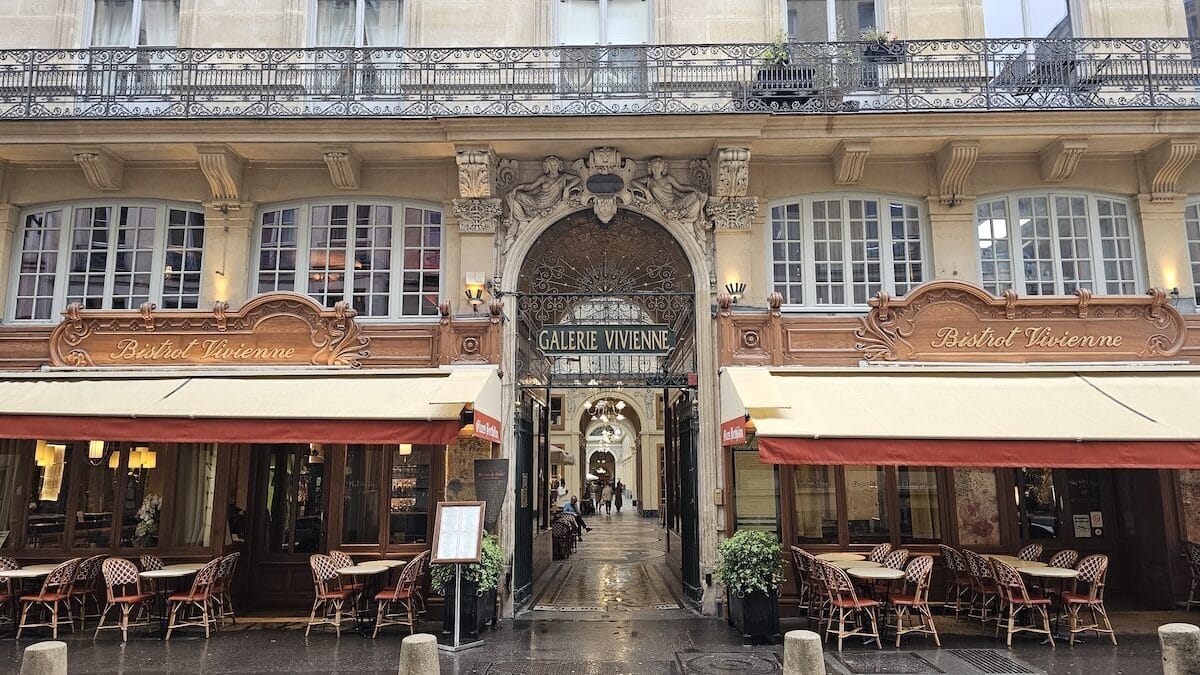
Today, they remain a testament to Parisian architecture and commerce during the Belle Époque and captivate visitors with their unique historical charm. Here’s a tour of the Parisian Passages, and some of their shops and cafés I really enjoy (I talk about them in all the Paris guidebooks I wrote!)
Parisian Passages: Why so alluring?
The Parisian passages were born out of a need for comfortable shopping environments during the 19th century. Inspired by the Palais Royal’s covered galleries, which were introduced by Duc d’Orléans, these passages combined commercial spaces on the ground with residences above – this is sometimes still visible today, with most passages still being private ways. These architectural marvels quickly became the blueprint for modern retail spaces, offering protection from the unpredictable Parisian weather.
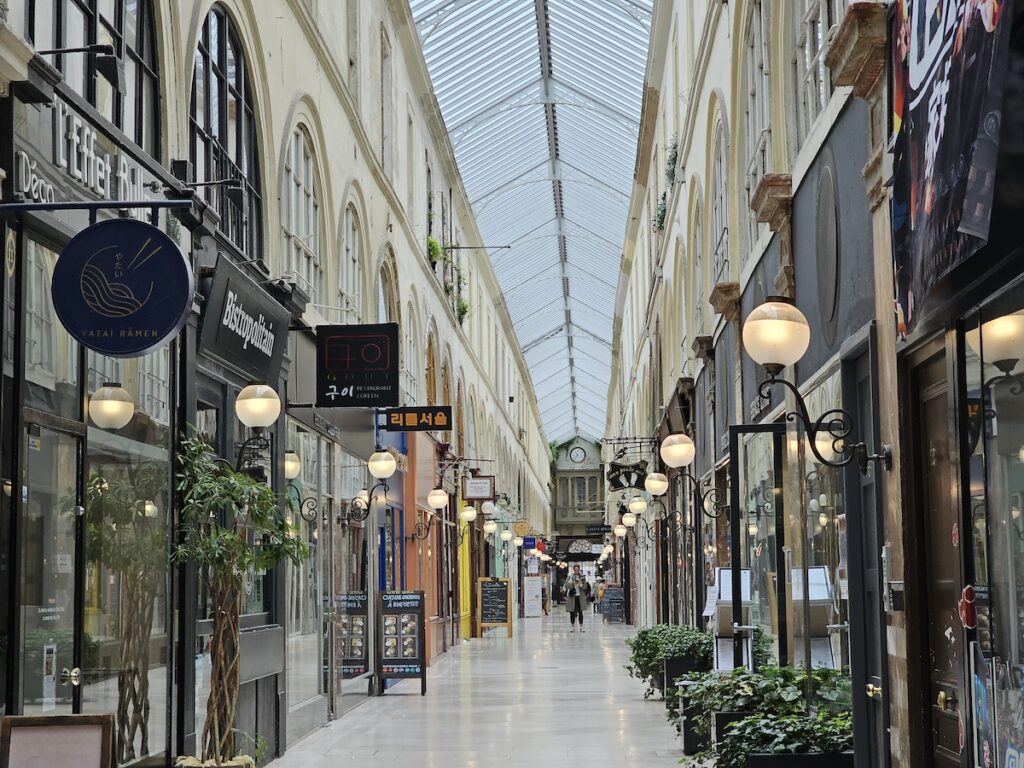
Why do these passages fascinate us? Beyond their architectural elegance, they embody a unique blend of interior and exterior elements, featuring expansive glass roofs that let the sunlight in while shielding visitors from rain. They offer a poetic ambiance, often evoking the writings of writers of the time. Walter Benjamin even dedicated an essay to these architectural curiosities, in Passagenwerk, which discusses these arcades as symbols of modernity and the promise of progress in 19th-century Paris, but also predicted the flaws of society due to modernity at the start of the 20th century.
A Tour Through Paris’ Most Iconic Passages
The passages are primarily clustered in three main sectors: around the Grands Boulevards, near Palais Royal and Rue Montorgueil, with additional noteworthy passages scattered north of the Sentier area, but we’ll talk about them in another article.
Passage des Panoramas & the Grands Boulevards – Historical Parisian Charm
Passage des Panoramas
The darkest and narrowest, yet the oldest of the 17 Parisian passages remaining, it’s a favorite for its vintage shop signs hanging from the ceiling, making it the ultimate picturesque spot in Paris. To me, this passage has retained the most charm compared to the rest of them. A testament to the history of the passage is the window of Caffé Stern, a café located in the former premises of Stern Graveur, the royal engraver. The window with the stuffed winged wolf are listed as historical heritage.
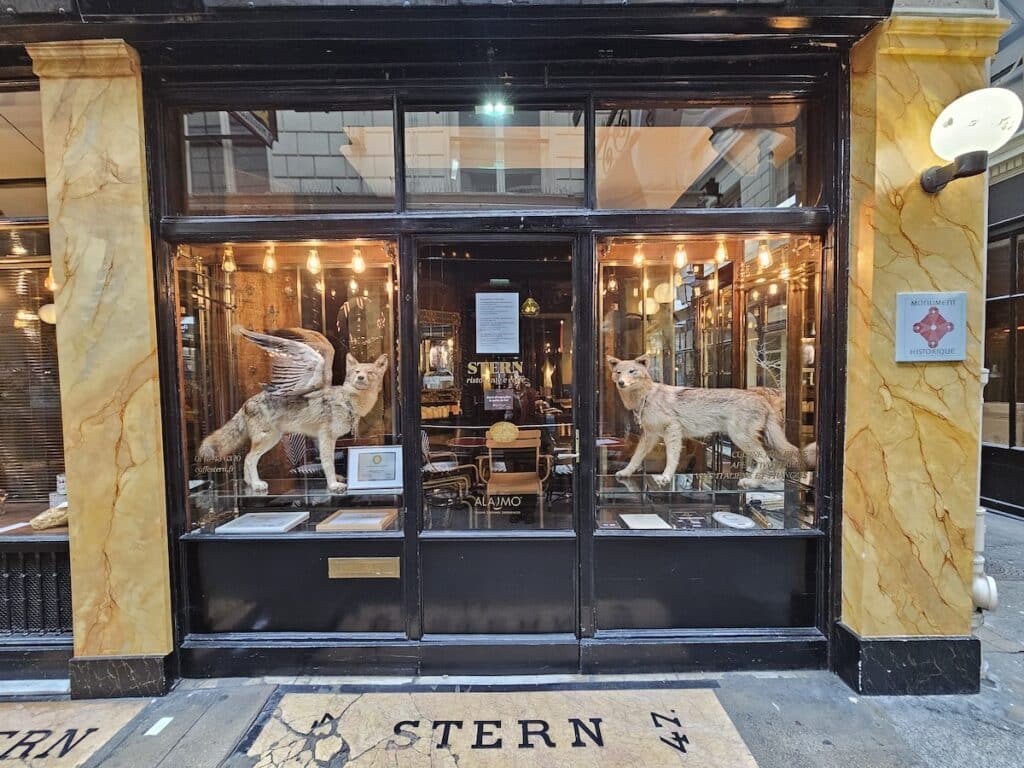
The passage focuses on rare collectibles such as old stamps but also offers a wide range of restaurants and eateries, from specialty coffee to Indian restaurants. I particularly like to stop at Culottée Café for a coffee or breakfast, and Club Cochon for charcuterie-based apéritive.
🚪 Entrances: 11-13, boulevard Montmartre – 151, rue Montmartre (Paris II)
🕰️ Opening times: Every day 6:00-00:00
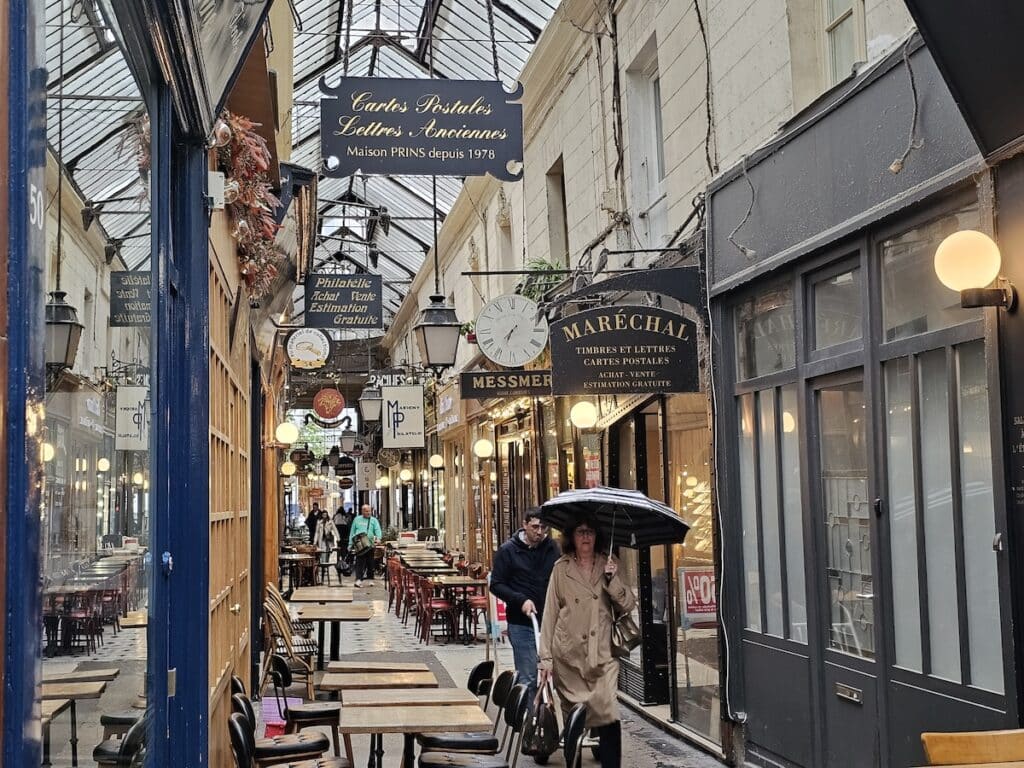
Passage Jouffroy
Modern yet flamboyantly traditional, this passage is the first in Paris to be built entirely with a metal structure and a glass roof. It features a notable “Cabinet de curiosités” and a variety of shops including the Librairie du Passage, a treasure trove for collectors of old books and posters. For contemporary and quirky souvenirs, visit Paris est toujours Paris.
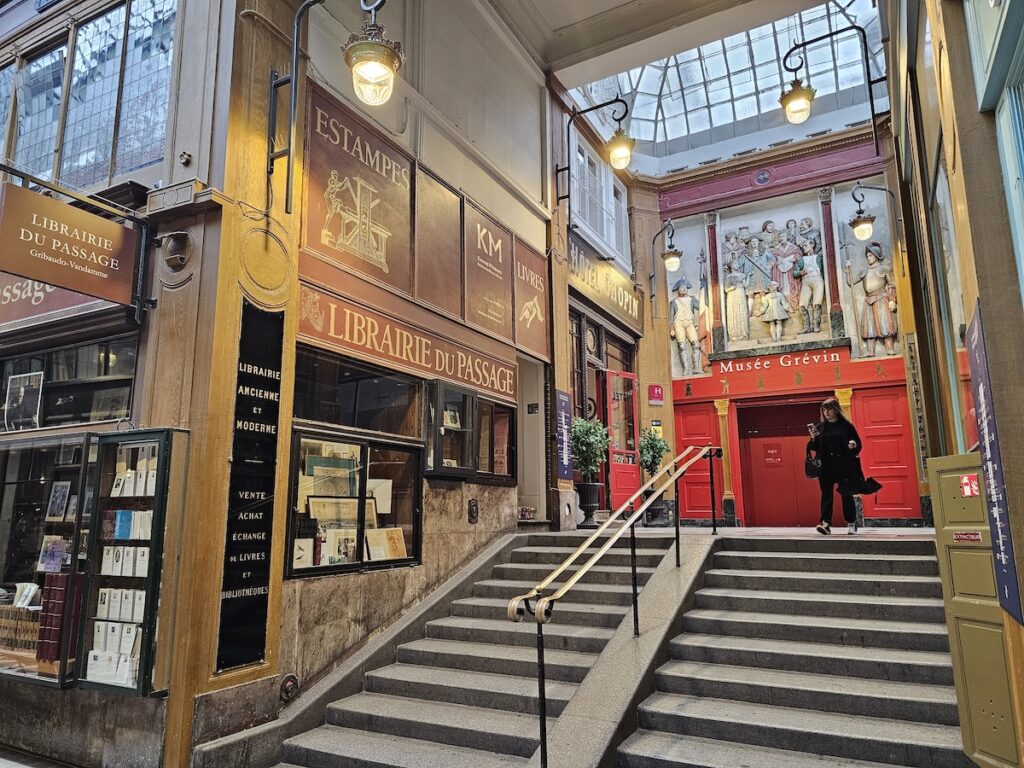
Coffee enthusiasts should not miss Loutsa, an ideal spot for a refreshing break. Additionally, you can combine your visit with a trip to the adjacent Musée Grévin, where you can explore the world of wax figures – an outing children generally love.
🚪 Entrances: 10-12, boulevard Montmartre – 9, rue de la Grange Batelière (Paris IX)
🕰️ Opening times: Every day 7:00-21:30
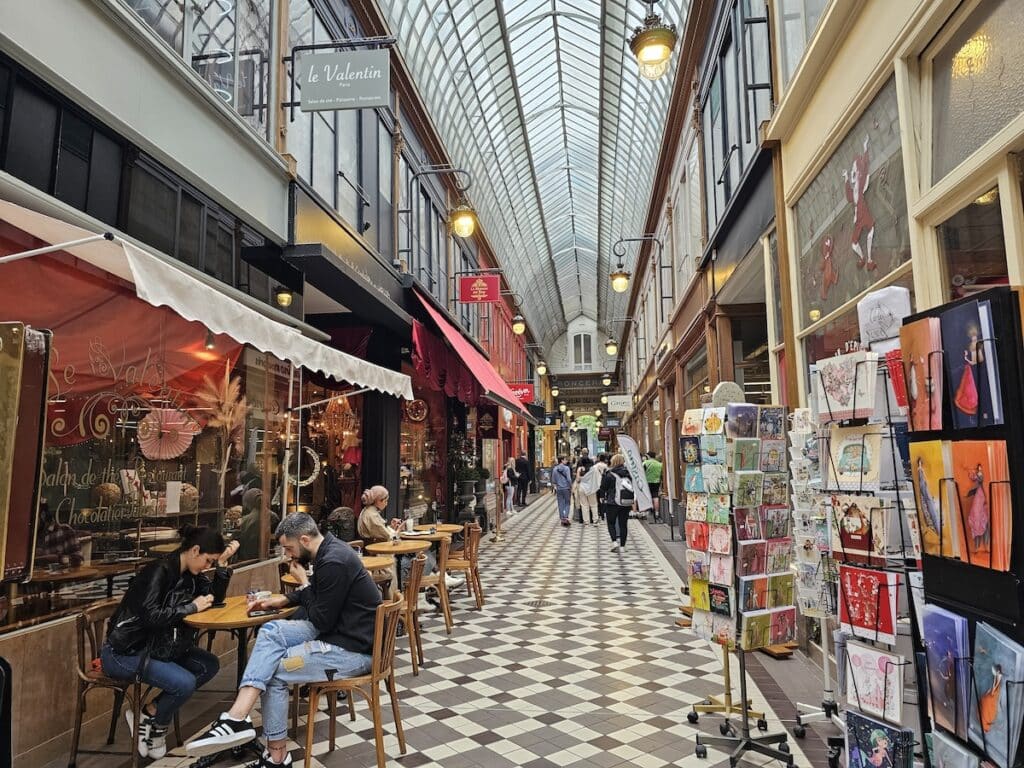
Passage Verdeau
Last but not least, in the continuity of Passage Jouffroy and Passage des Panoramas (the three of them were designed as a network), a haven for collectors and lovers of old books and antiques, thanks to its proximity to the Drouot auction house.
🚪 Entrances: 6, rue de la Grange Batelière – 31, bis rue du Faubourg Montmartre (Paris IX)
🕰️ Opening times: Mon-Fri 7:30-21:00

Palais Royal & Galerie Vivienne – From Royal Beginnings to Upscale Shopping
Palais Royal
The “progenitor” of covered galleries, offering a dizzying array of arcades. Transition seamlessly into Galerie Vivienne through the Passage des Deux Pavillons, exiting through Galerie du Beaujolais.
🕰️ Opening times: Every day 8:30-22:30
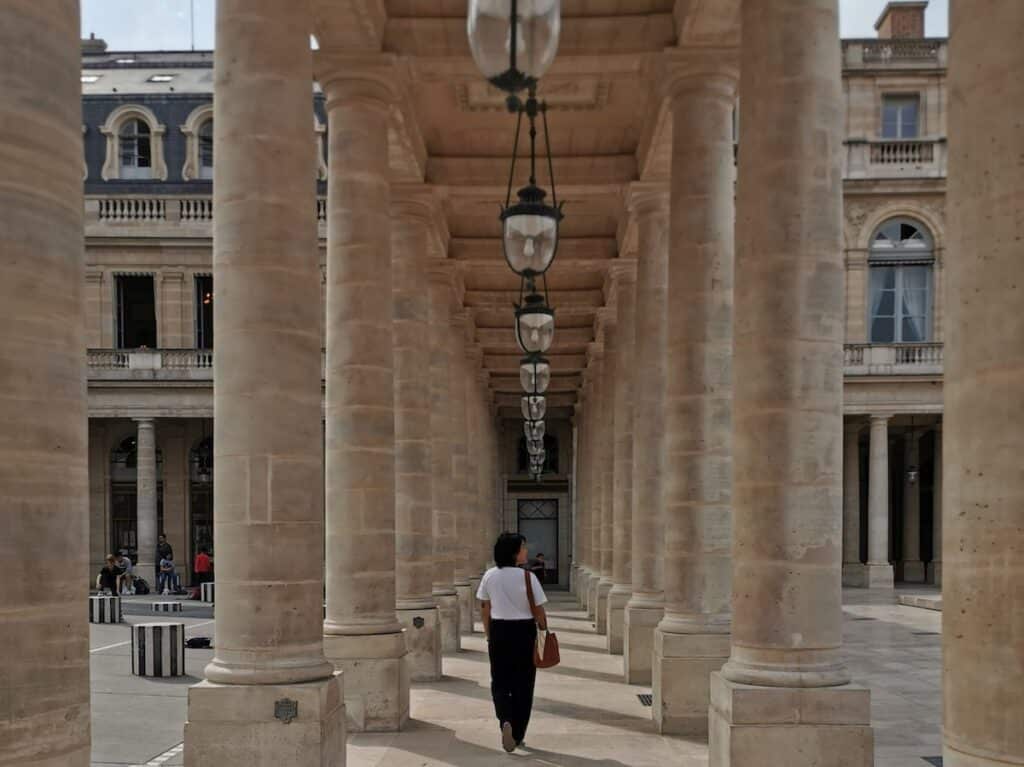
Galerie Vivienne
This passage is renowned for its concept stores, designer boutiques, and high-end souvenir shops, all set against stunning mosaic floors, created by Giandomenico Facchina. He also worked on mosaics for the Bon Marché department store and the Opéra Garnier! Indulge in a slice of Italian gastronomy at Daroco, where the high mirror ceilings and vibrant atmosphere make for a perfect pizza experience. Alternatively, for those seeking a quieter moment, Le Valentin (note that there’s another one in Passage Jouffroy, but I prefer the more tranquil atmosphere of the Galerie Vivienne) offers a traditional café setting ideal for enjoying a coffee.
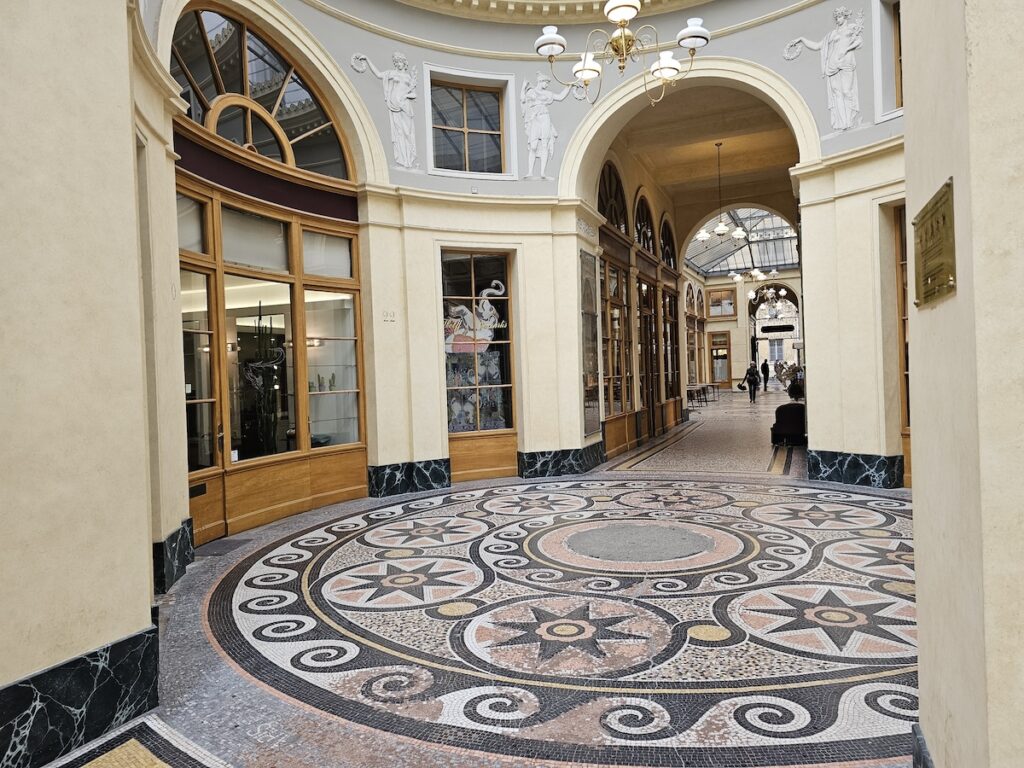
Adding to its allure, there’s a fascinating bit of rivalry history: the story goes that the owner of Galerie Vivienne ingeniously redirected the flow of people from the Palais Royal directly into his gallery via the Passage des Deux Pavillons, cleverly diverting traffic from his competitor, the owner of the parallel Passage Colbert.
🚪 Entrances: 4, rue des Petits Champs – 5, rue de la Banque – 6, rue Vivienne (Paris II)
🕰️ Opening times: Every day 8:30-20:30
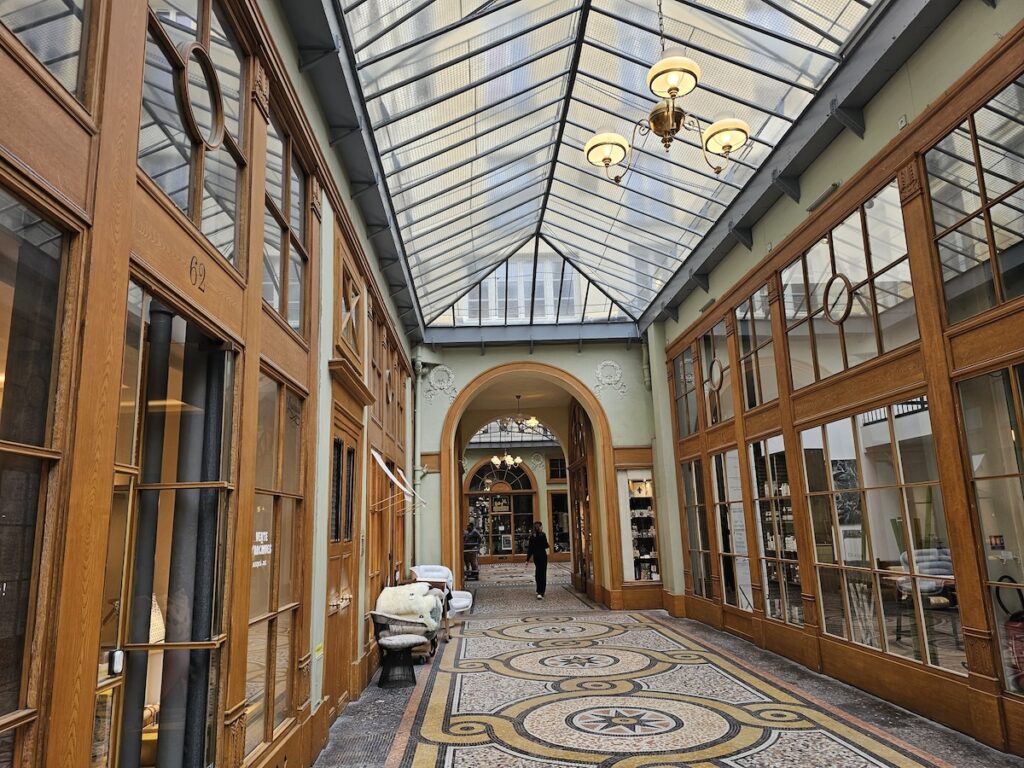
Passage Choiseul
Very close to Galerie Vivienne, this passage offers a vibrant mix of shops (often related to arts and literature due to the proximity of theatres) and casual lunch places, highlighted by Café Joyeux, where you can sip a tranquil cup of coffee at one of the entrances. An interesting feature is that you can still see the façade of the passage keeper’s lodge at the entrance of Passage Choiseul, which is listed as historical heritage.
🚪 Entrances: 40, rue des Petits Champs – 23, rue Saint Augustin (Paris II)
🕰️ Opening times: Mon-Sat 8:00-20:00
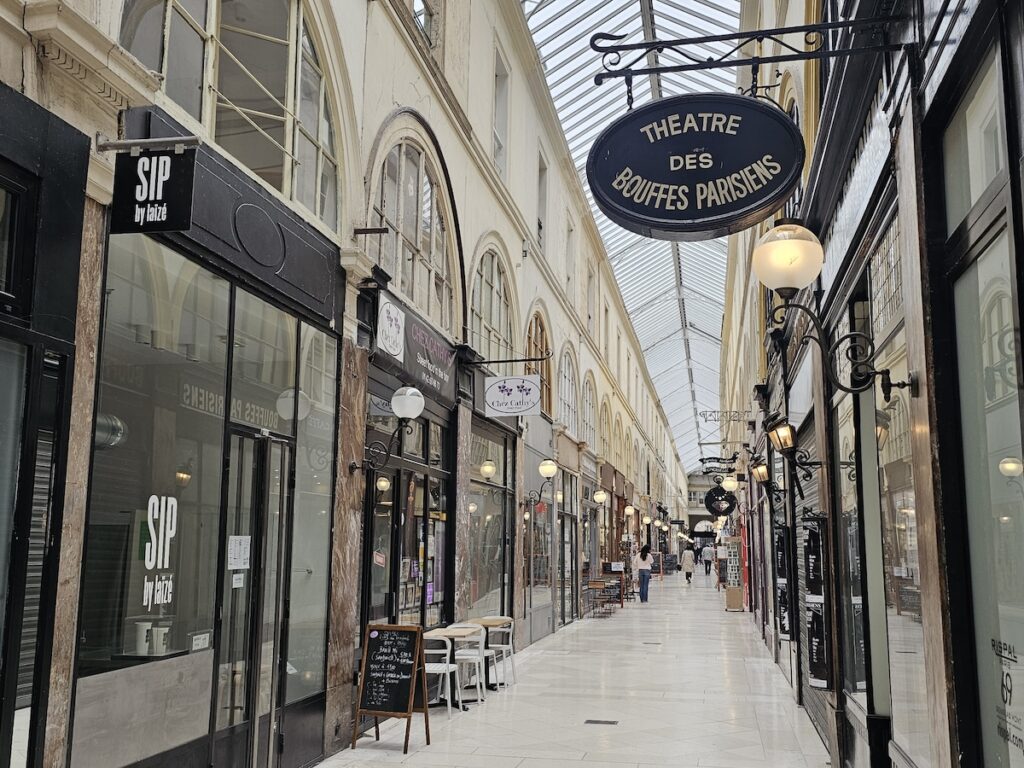
Montorgueil & Passage du Grand Cerf – Popular shopping and Craftsmanship
Passage du Grand Cerf
One of the best-known, and the tallest Parisian passage, dedicated to craftsmanship. This passage carries on its artisan heritage with shops featuring haberdashery, jewelry, and embroidery, among other activities. Don’t miss Tricote moi un tattoo, where a lovely couple will customize your clothes with beautiful embroidered patterns, and the Dear jewelry store. Also, explore Rickshaw, a unique shop that blends Indian decor with antiques, offering a truly eclectic shopping experience.
🚪 Entrances: 145, rue Saint-Denis – 10 rue Dussoubs, 75002 Paris (Paris II)
🕰️ Opening times: Mon-Sat 8:30-20:30
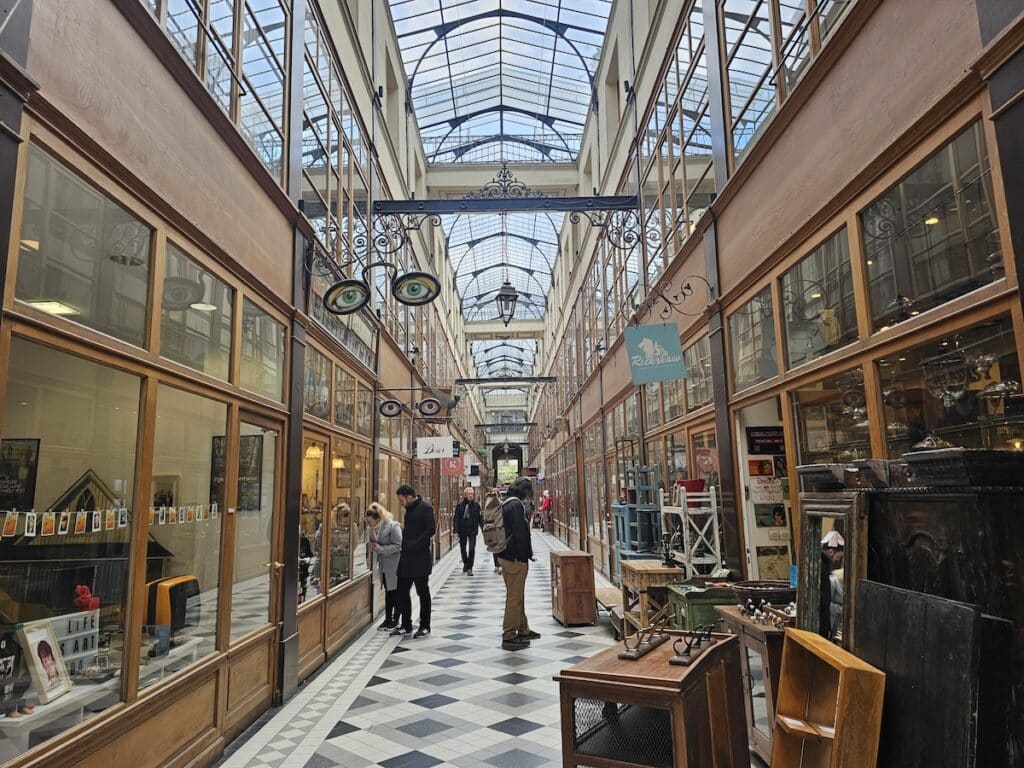
Galerie Vero-Dodat
This lesser-known passage offers a quiet respite from central Paris and the busy Montorgueil area. With the nearby Passage Bourg-l’Abbé, they are both filled with discreet charm, are not very crowded and testify of a somewhat fallen Parisian splendor…
🚪 Entrances: 19, rue Jean-Jacques Rousseau – 2, rue du Bouloi (Paris I)
🕰️ Opening times: Mon-Sat 7:00-22:00
Parisian covered passages – Practical info
Opening times: Because they’re private walkways for most, the Parisian covered passages can be closed at night and during weekends. It’s recommended to visit during weekdays. I recommend you. go after the shop opens if you want to buy souvenirs.
More resources: You will find very interesting information about the Parisian passages on the Passages & Galeries association.
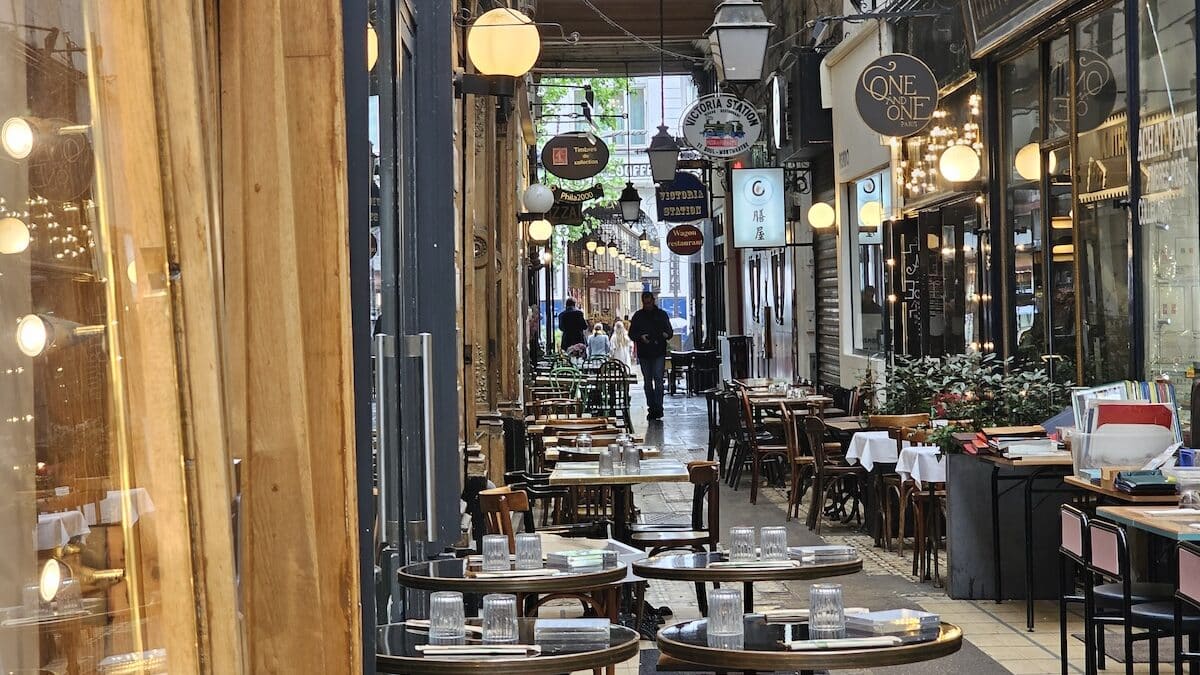
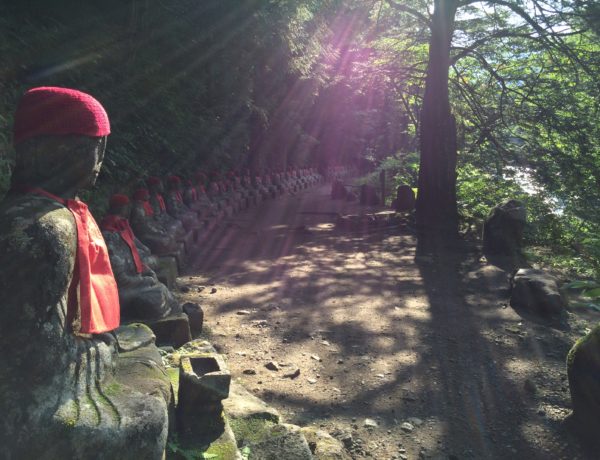
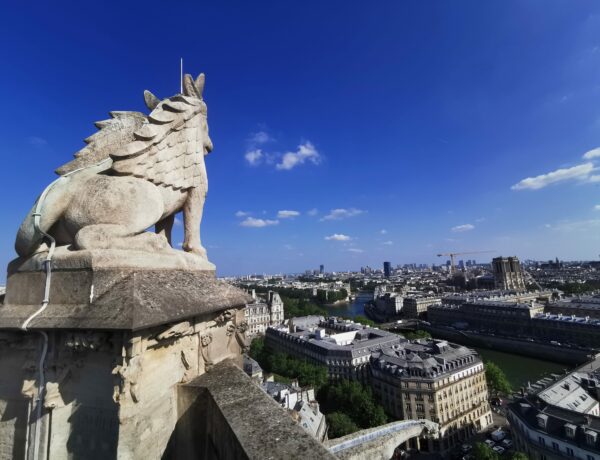
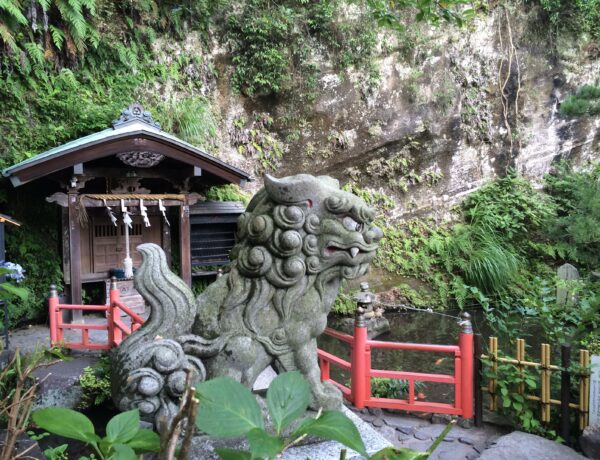
No Comments